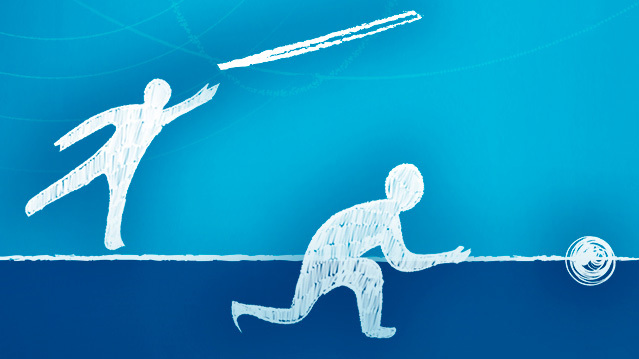Episode 1: From Caves to Cosmos
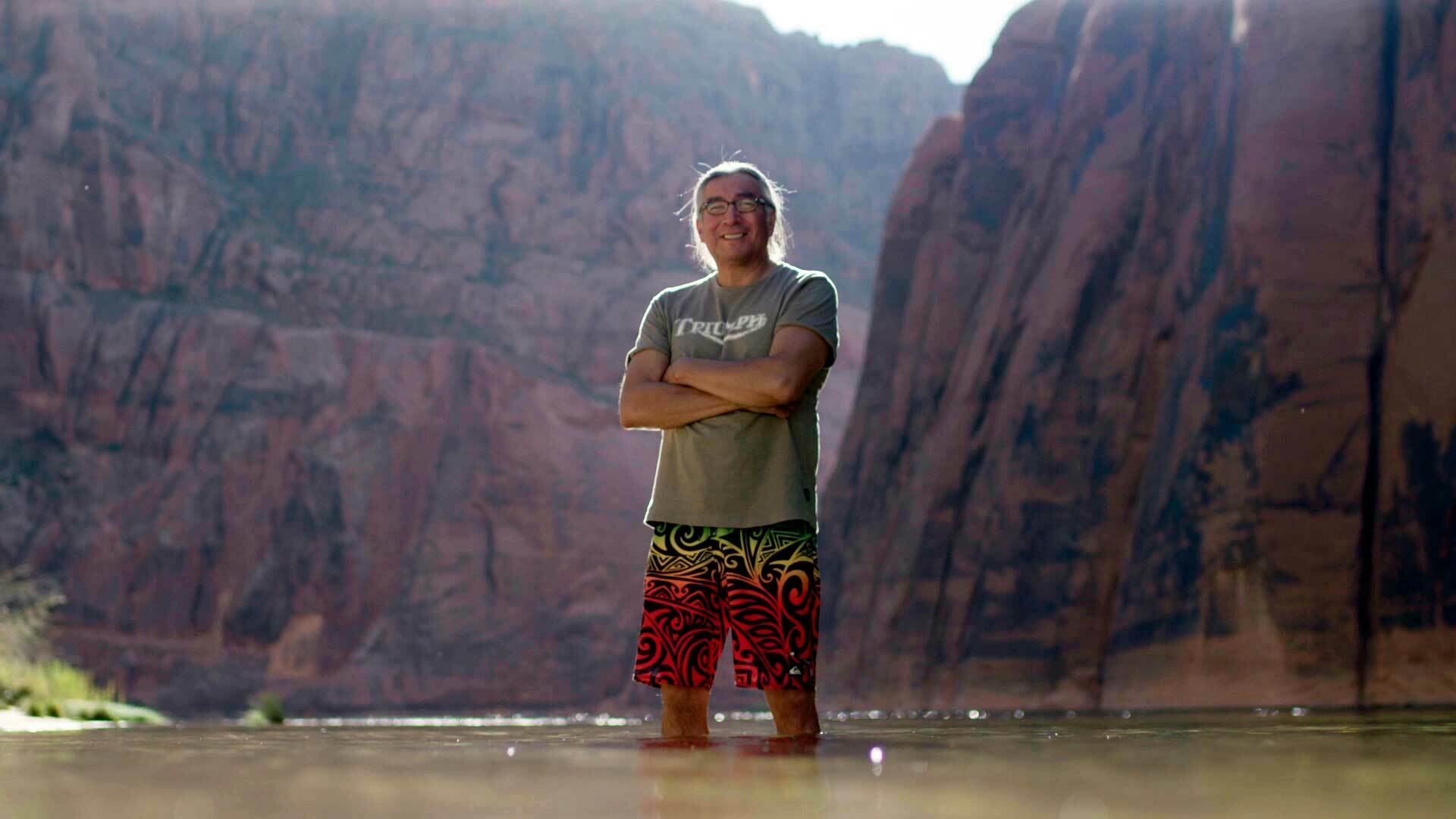
Watch From Caves to Cosmos

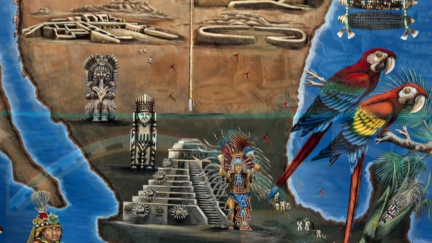
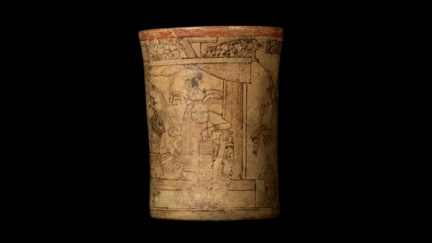

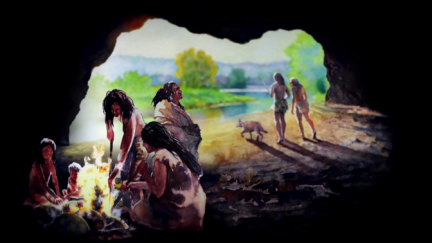
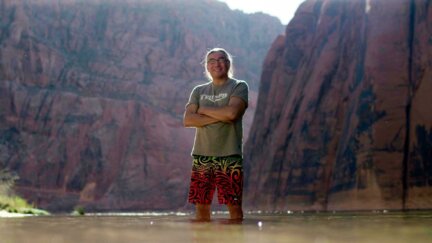
- 1
- 2
- Next
Watch Extended Interviews From the Episode
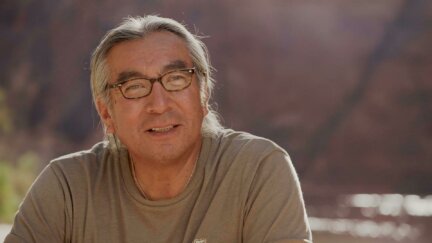
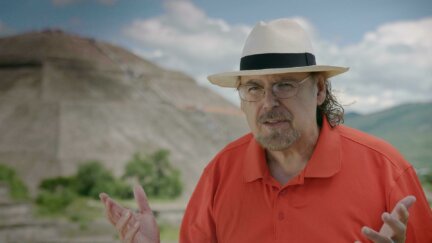
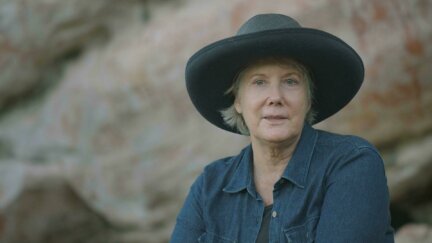
Photo Gallery













More About This Episode
Modern scholarship and ancient oral tradition work side-by-side to discover a shared native science and spirituality, maintained across thousands of miles, that creates the foundation for some of our planet’s greatest wonders. These stories point to the genesis of a vast social and cultural network that connects people across two continents – one that began earlier than ever imagined. Recent discoveries are driving archaeologists and indigenous leaders to a bold new perspective: that all Native Americans are part of a unique interconnected world.
New evidence hints that the First Americans spent millennia developing their distinctive culture and beliefs as a single community in what is now Alaska, before spreading rapidly across North and South America. Together, they set Native America in motion, continents apart and untouched by influence from Europe, Asia and Africa. The result was incredible cities, sophisticated cultures, and unique ways of life that continue to reverberate in native beliefs and ways of life to this day.



